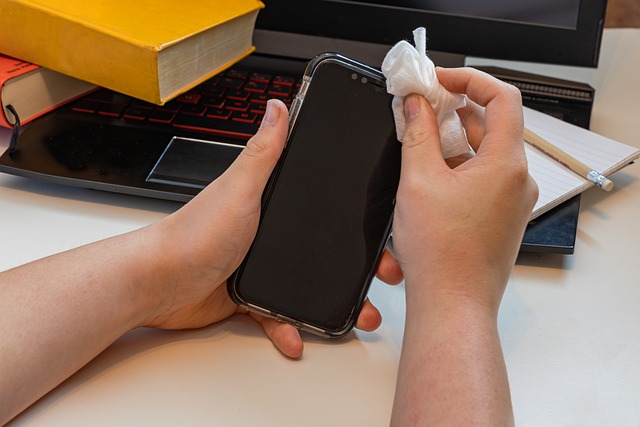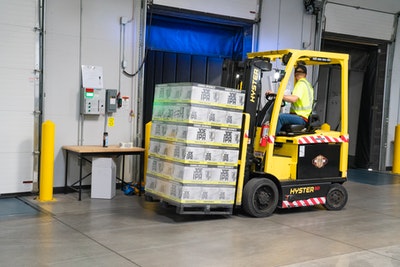4 Tips to Create a Covid-Safe Workplace

If your staff has been working from home over the last year, you may have found that this is an unsustainable long-term solution. Although remote working has its benefits, it can also lead to isolation, poor communication, and reduced efficiency.
With the vaccine rollout well underway, many businesses are seeing their staff trickle back into the office and returning to some semblance of normality.
But it will be far from business as usual, as coronavirus is still very much a lingering threat. It is likely to be around for the foreseeable future, and the risk, no matter how small, will always be there.
The pandemic has been incredibly disruptive for businesses, causing many to put their operations on hold and some to close their doors for good. The last thing you want is an outbreak in your office to send everyone home and put a dent in your profits.
And you also want your staff to feel as safe as possible coming back to work. They are putting themselves at risk every single day by commuting to and from the office and working amongst a room full of people. As an employer, the least you can do is ease their worries.
As Carlos Ramirez, safety expert says: by failing to put proper measures in places you could open yourself up to lawsuits from unhappy employees.
To help you get back on track and protect your employees at all times, here are four tips for creating a Covid-safe workplace.
1. Implement hygiene measures
Face masks are now an essential feature of everyone’s personal items, and most people won’t leave the house without one.
But when they’re at work, the onus should not be on your employees to bring their own hygiene equipment. As an employer, you should help them to feel safe by providing a regular supply of hand sanitizer and disposable face masks. Encourage visitors to use this equipment as well as your staff.
Disinfecting wipes and sprays are also essential for sanitizing shared workspaces at the end of the day.
2. Consider hybrid working
Remote working, if implemented correctly, can have many benefits. These include better work-life balance, lower overheads, and happier, more productive employees. But on the other hand, your remote staff will miss out on the social aspect of work and have to overcome communication issues.
By adopting a hybrid working structure, you can experience all the benefits without the associated problems. Simply bring staff into the office two or three days a week and have them work from home the rest of the time. This way, they will have a much lower risk of contracting coronavirus from their colleagues.
3. Enforce social distancing measures
If your team usually sits close together, you’ll need to rethink the layout of your office to ensure everyone adheres to social distancing guidelines.
Make sure you enforce this and lead by example.
4. Talk to your staff
There will inevitably be some members of your team who aren’t bothered about the coronavirus restriction, while there’ll be others who are terrified of catching something.
Talk to your staff to gauge how they feel about their work situation and the measures you have put in place. Ask if there is anything more you could be doing to make them feel more comfortable.






